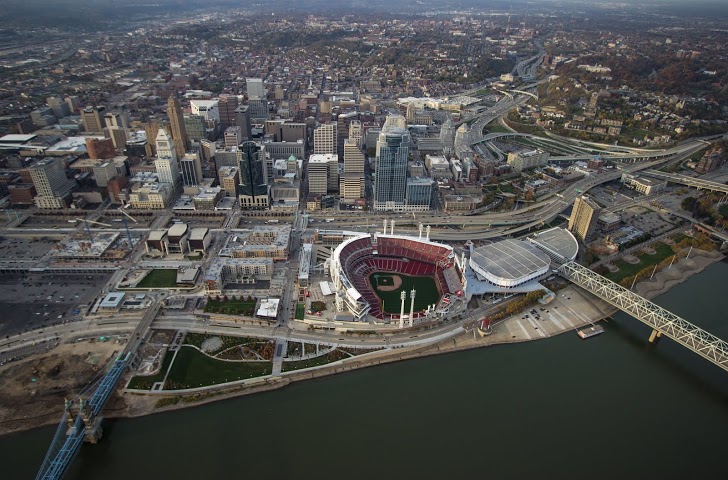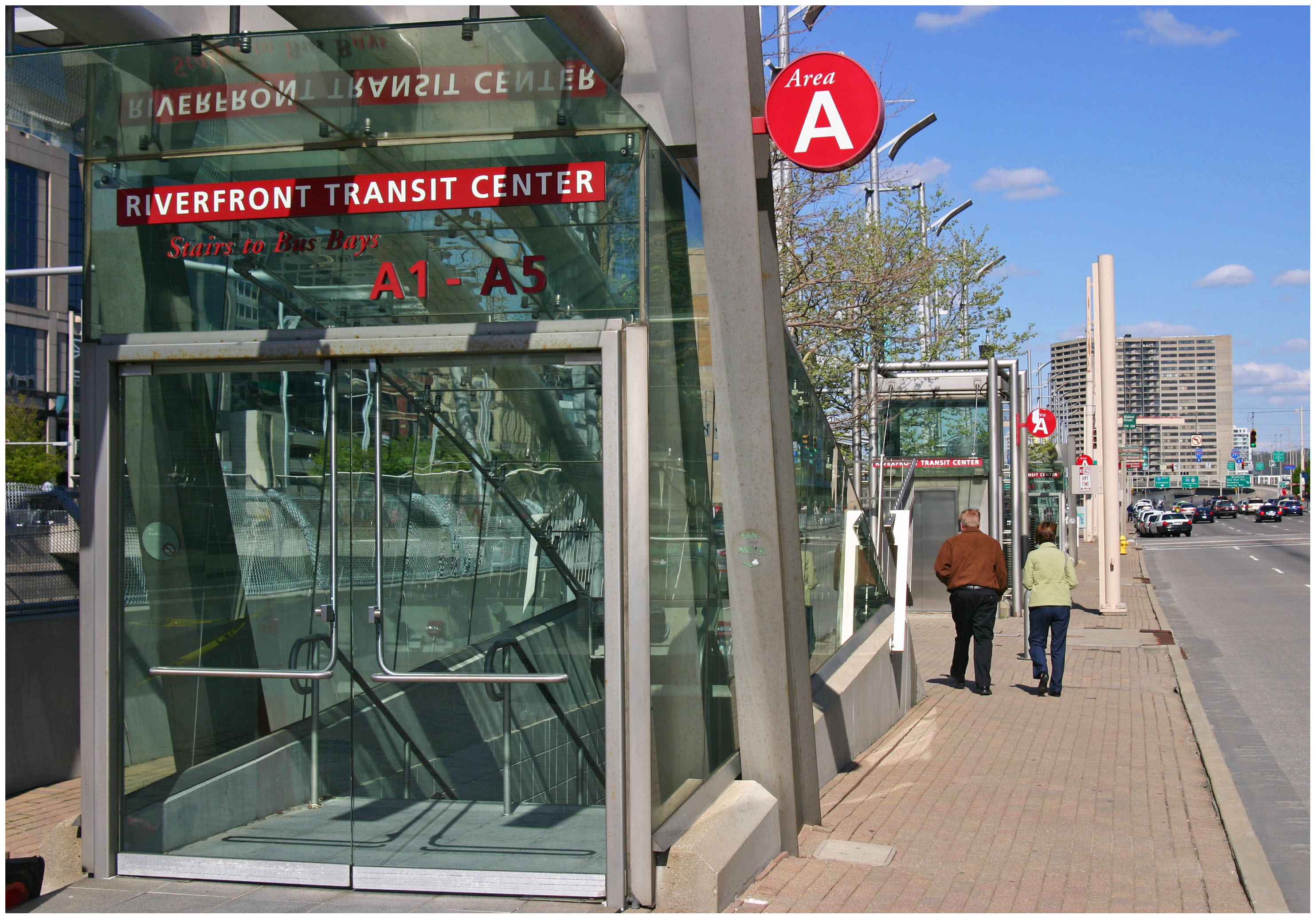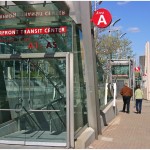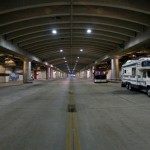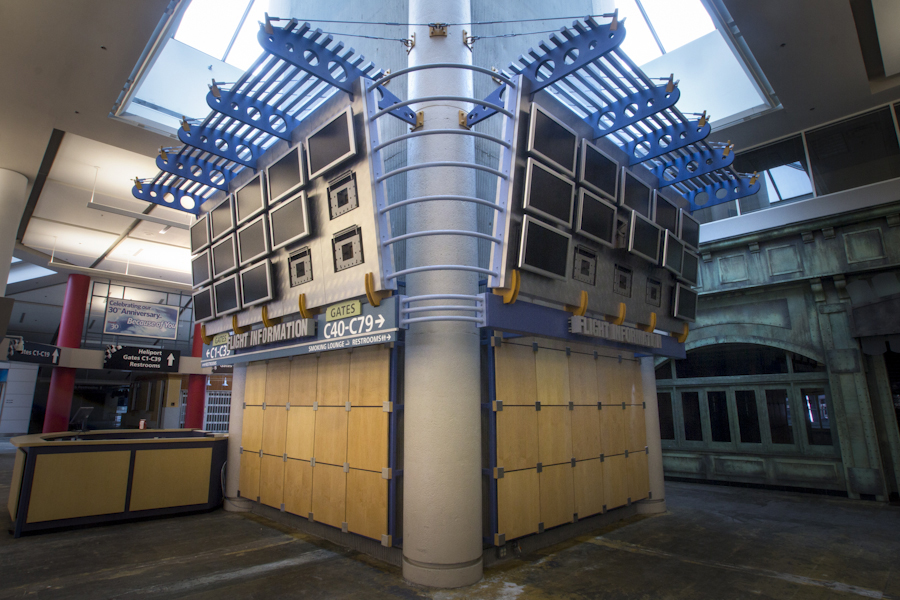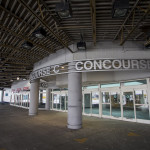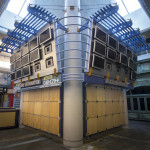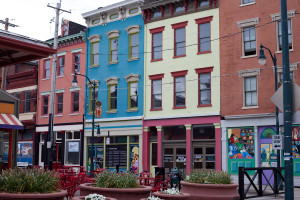 Now that 2014 has come to a close, we at UrbanCincy would like to take a moment to look back on what’s happened in the past year. The following are UrbanCincy‘s top five most popular news stories from 2014:
Now that 2014 has come to a close, we at UrbanCincy would like to take a moment to look back on what’s happened in the past year. The following are UrbanCincy‘s top five most popular news stories from 2014:
- Eli’s Barbeque, Maverick Chocolate First of Several New Tenants to Open at Findlay Market
This year marked a turning point for the area known as the Northern Liberties in Over-the-Rhine, with several new developments being announced. The first of these announcements was in April, when craft chocolatier Maverick Chocolate and popular East End restaurant Eli’s Barbeque announced they would open at Findlay Market. Later in the year, Model Group announced a $14 million office development along Race Street and Urban Sites announced their plan to renovate the historic Film Center building. - Uber and Lyft to Soon Enter Cincinnati Market
In 2014, Cincinnatians gained a brand new transportation option as ridesharing services Uber and Lyft came to town. Our own Jake Mecklenborg began driving for Uber shortly after their launch and told us about his experiences on The UrbanCincy Podcast Episode #41. In November, Cincinnati City Council passed new regulations for carsharing providers, and we discussed this at the beginning of Episode #44. - City Planners Recommend Transportation Overlay District for Wasson Railroad Corridor
For years, UrbanCincy has been following the Wasson Way project and writing about the corridor’s potential usage as both a bike trail and a rail transportation corridor. The project took a step forward this year, as the Department of City Planning & Buildings announced a plan that would allow for both uses. We’ll be keeping our eye on this project in 2015. - Popular St. Louis-Based Pi Pizzeria to Open Cincinnati Location in AT580 Building
In collaboration with our partners at nextSTL, UrbanCincy reported on Pi Pizzeria’s entry into the Cincinnati market. The restaurant opened in the AT580 Building, which is currently undergoing a transformation from office space into residential. Pi co-owner Chris Sommers mentioned that the company was “amazed at the resurgence of Downtown and OTR” and chose the location based on its proximity to the Cincinnati Streetcar route. - Findlay Market Ready to Work With Developers Poised to Transform Area Around It
UrbanCincy talked to Joe Hansbauer, President and CEO of Findlay Market, about how Findlay Market can serve as the hub for new retail, office, and residential development in the Northern Liberties.
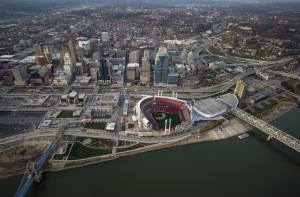 Occasionally, we like to share a photo gallery or video taken by an UrbanCincy team member or a guest contributor. In 2014, our top five most popular visual features were:
Occasionally, we like to share a photo gallery or video taken by an UrbanCincy team member or a guest contributor. In 2014, our top five most popular visual features were:
- Take a Look at These 20 Breathtaking Photos of Cincinnati’s Center City
Brian Spitzig shares some of his aerial photography from the Central Business District and Over-the-Rhine. - Take a Look at CVG’s Abandoned Concourse C Through Ronny Salerno’s Lens
Photographer Ronny Salerno documents the abandoned Concourse C at the Cincinnati-Northern Kentucky International Airport, which serves as a symbol of how far the airport has fallen. - Check Out These 14 Amazing Images of Cincinnati’s Inner City Neighborhoods
Enjoy more of Brian Spitzig’s aerial photography, this time from the West End, Queensgate, Corryville, Mt. Auburn, Mt. Adams, Clifton Heights, Walnut Hills, and University Heights. - Thousands of New Residential Units to Transform Downtown
Anyone visiting Downtown Cincinnati in 2014 was certainly aware of the huge amount of construction happening in the urban core. Looking back at this photo set shows how much progress has been made on Seven at Broadway, Mercer Commons, AT580, Broadway Square, and other projects in just a year. - 49 Shots from the 2014 Northside Fourth of July Parade
Jake Mecklenborg captures some interesting sights from Cincinnati’s most eclectic parade.
